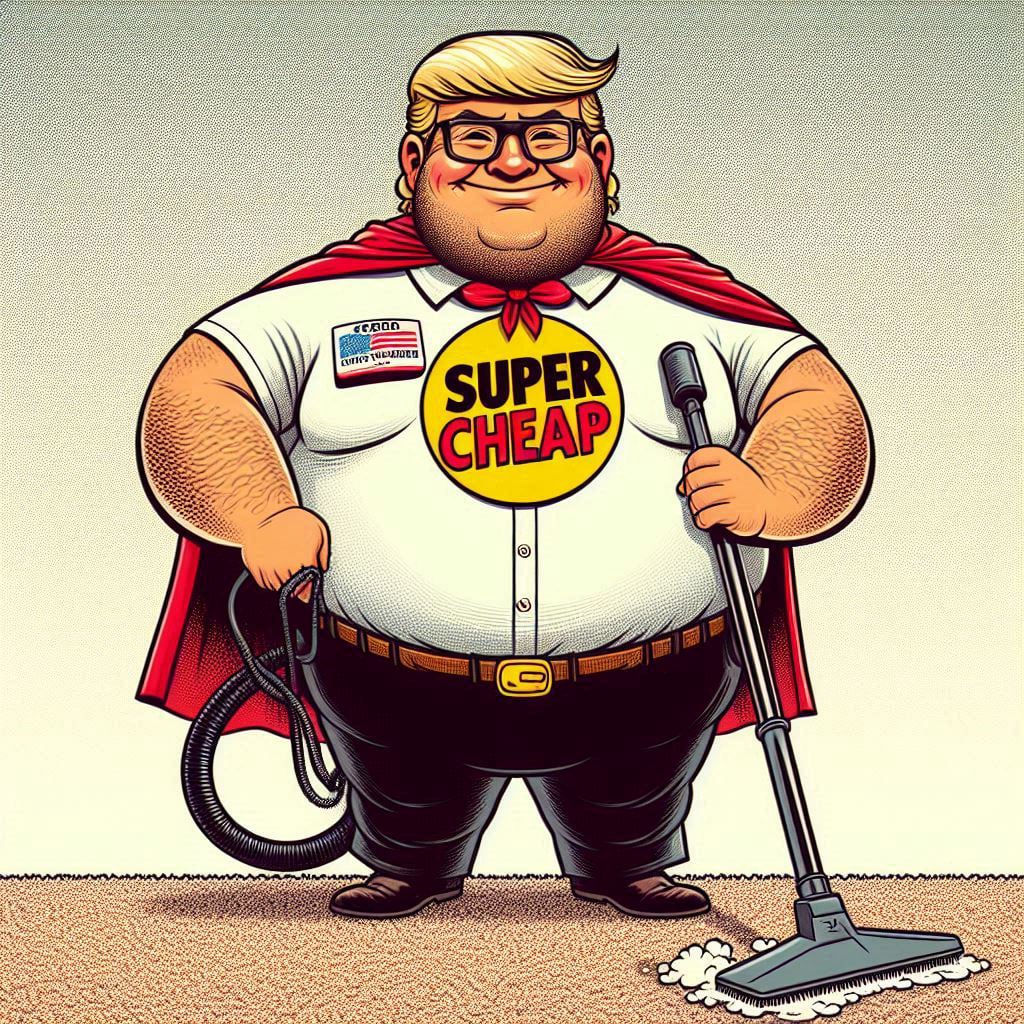WHAT TO EXPECT FROM A PROFESSIONAL CLEANING JOB
"2 Rooms Cleaned Free" "$19.95 Per Room Normal Cleaning" "Free Deodorizing" "Free Carpet Protector". Such carpet cleaning ads are seen every day by consumers, but is something really free? What is normal cleaning? Unsuspecting consumers who are lured by specials often find themselves victims of bait-and-switch advertising. They realize, often too late, that these advertised specials have conditions, either written in small print or not stated at all. They are often told that "preconditioning" costs extra or that the carpet is too soiled for normal cleaning at the advertised low price.
Knowing what to expect from a professional carpet cleaning job is difficult. Varying practices and services offered by cleaners just add to the carpet cleaning confusion. What is included in the price? What will cost extra? What are the industry-accepted standard practices of a professional carpet cleaner?
Having the answers to these questions and knowing which questions to ask are essential in avoiding the scam artists when having your carpet professionally cleaned. Educating the consumer on what to expect, and demand, from a professional carpet cleaner and helping to expose unethical practices within the cleaning industry are major goals of the Institute of Inspection, Cleaning and Restoration Certification (IICRC).
The IICRC is a nonprofit certification body that sets and promotes high standards and technical proficiency within the cleaning industry. The IICRC has developed a list of what consumers should expect from a professional carpet cleaning job:
Cleaning Standard - The Professional carpet cleaner will follow the guidelines as stated in IICRC [SOO - 1999] Carpet Cleaning Standard
Trained Technicians - Technicians must be willing to take time to pre-inspect carpet in all of the areas that need cleaning. They must identify the carpet's construction and fiber, evaluate individual needs and recommend an appropriate cleaning method or procedure. The technician is the key to quality results not a particular method, machine or process.
No Hidden Costs - Consumers have the right to expect itemized services and firm prices before technicians begin each portion of the work sold. While technicians may offer added services such as deodorization and carpet protector at an additional cost, consumers should never feel pressured to accept anything more than the services they request and authorize.
Safety - All cleaning and specialty agents and equipment used before, during and after cleaning must be used in strict accordance with manufacturer's recommendations and appropriate safety regulations.
Customer Satisfaction - Cleaning firms should offer workmanship guarantees in writing. Fiber type, carpet construction, installation and maintenance may present circumstances beyond a cleaning technician's control; however, responsible workmanship must be implicit in any work performed.
Prevacuuming - Technicians should carefully pre-vacuum all carpet before other cleaning techniques are employed, regardless of the method of cleaning used. Special emphasis should be placed on vacuuming major entry areas where soils accumulate.
Furniture Moving - Unless clearly specified otherwise, furniture moving to access and clean carpet underneath should be considered part of the normal cleaning job. Items such as fish tanks, water beds, loaded china cabinets, computers, or extremely delicate or fragile furnishings (pianos, antiques) are considered exceptions.
Spotting - Special attention to spots and stains is included in normal job performance. However, time-consuming specialized spotting or prolonged effort on color-added spots may incur an additional charge. Customers should be advised of additional charges before extensive spotting procedures are undertaken.
Preconditioning - Special treatment with "preconditioning" agents in heavily-soiled entry and traffic areas should be included in the cost of cleaning. However, the job cost may increase in extreme soiling situations and consumers should be advised in advance of the need for such increased charges.
Minimal Drying Time - It is the cleaner's responsibility, with the consumer's cooperation, to ensure that the carpet is dried and returned to normal use within a reasonable time frame. The amount of time required for drying will vary with different methods, the degree of soiling and the aggressiveness of cleaning. However, under no circumstances should carpet drying require more than twenty-four (24) hours with proper ventilation. The consumer's cooperation in providing continuous airflow and/or ventilation to expedite drying cannot be overemphasized.
Thorough Cleaning - There should be no differentiation between "normal" cleaning and "special" cleaning. Clean is clean. Every effort must be made to physically remove as much soil as possible from carpet during cleaning. Further, technicians must take steps to leave fibers as residue free as possible to prevent accelerated re-soiling.
When trying to save money by taking advantage of carpet cleaning specials, make sure the specials don't take advantage of you.

